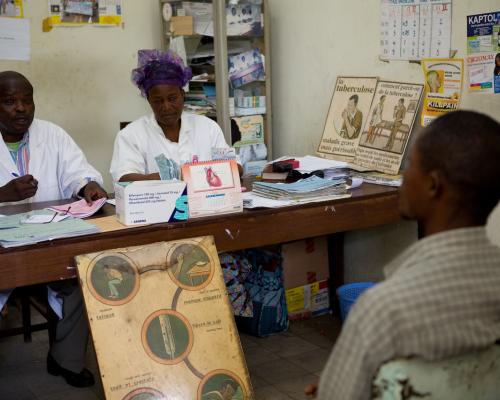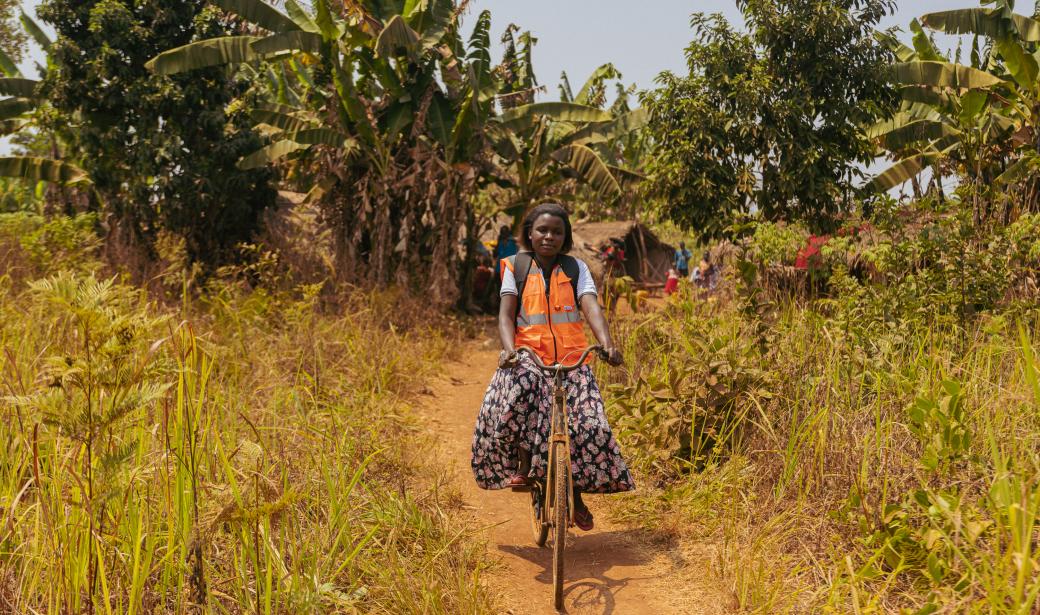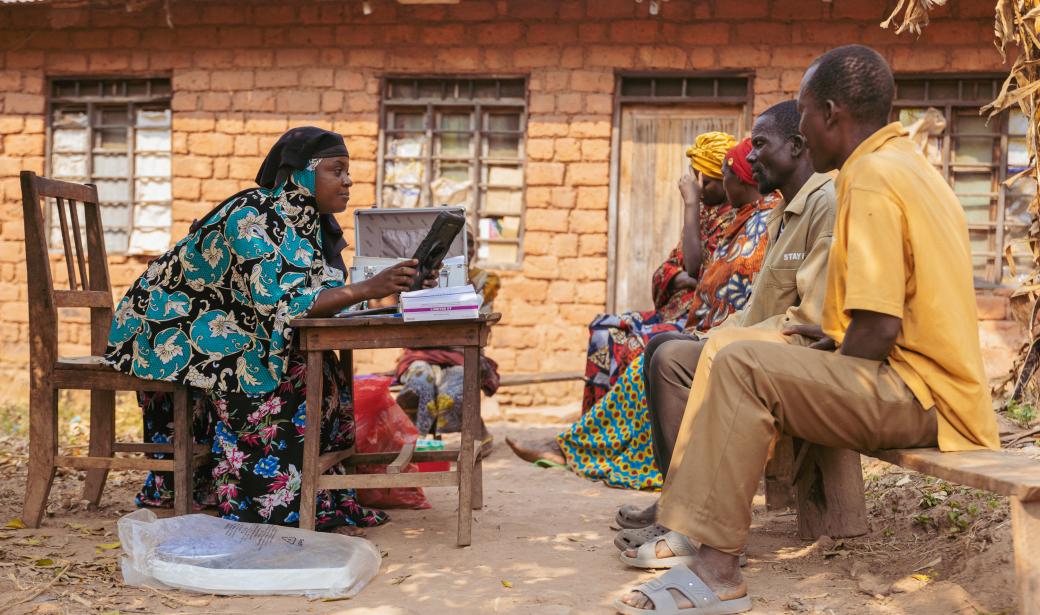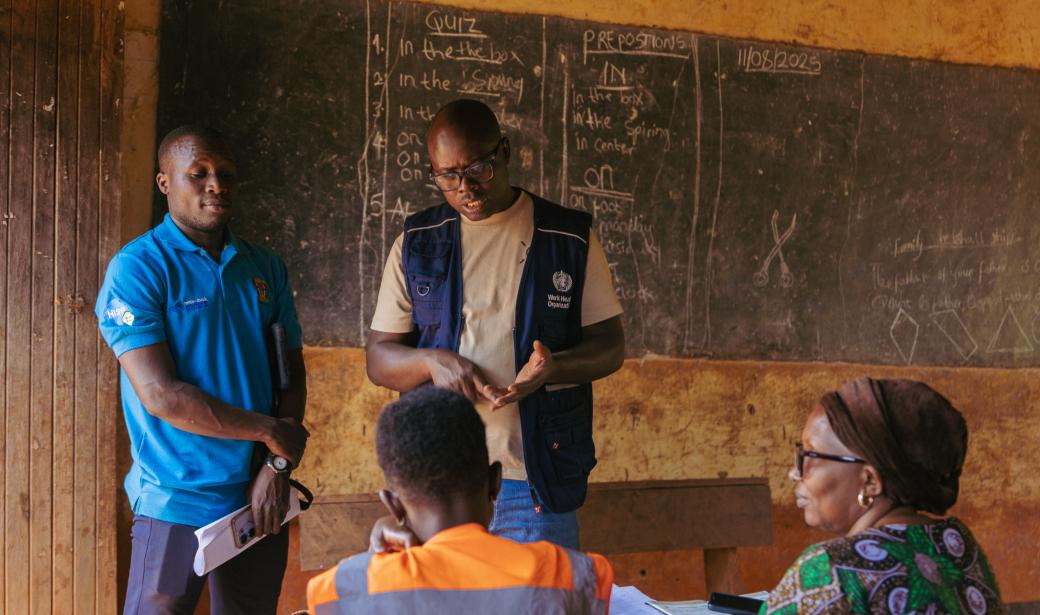Despite progress in combating malaria, Kigoma Region continues to face challenges in reducing infection rates. In 2024, malaria accounted for 15–18% of all health facility cases and hospital admissions.
The situation is compounded by other childhood illnesses such as pneumonia and diarrhea, alongside unreliable data systems and limited access to health facilities. For over 4% of Kigoma’s population, the nearest clinic is more than 20 kilometers away.
“In the past, we used to receive health services at Kinazi Hospital, which is 30 km away. Many times, we couldn’t even afford a motorcycle to take a sick person there,” shared Consolatha Raphael, a resident and beneficiary. “People often died in the community because they couldn’t reach the hospital, and many of these deaths went unreported.”
To address these challenges, the World Health Organization (WHO), with support from the SDF Fund and in collaboration with the Government of Tanzania, introduced Integrated Community Case Management (iCCM) — a strategy designed to bring essential health services closer to families in hard-to-reach areas.
Through iCCM, trained community health workers provide diagnosis and treatment for malaria and timely referrals for pneumonia and diarrhea in children. The government supplies essential medicines, including mRDTs, while WHO provides technical training, data management tablets, and bicycles to enable health workers to reach remote villages.
In addition, more than 80 health workers have been trained and now serve over 91,000 people across 42 communities, ensuring timely care right within villages.
“I recall a three-year-old child who was brought in with pneumonia,” narrated Mgeni Faraj Saidi, an iCCM provider from Mpungwe Village in Kigoma. “The parents didn’t recognize the symptoms, but with proper diagnosis and referral, the child’s life was saved.”
“I recall a three-year-old child who was brought in with pneumonia,” narrated Mgeni Faraj Saidi, an iCCM provider from Mpungwe Village in Kigoma. “The parents didn’t recognize the symptoms, but with proper diagnosis and referral, the child’s life was saved.”
Thanks to these collective efforts, malaria, pneumonia, and diarrhea cases are declining in Kigoma.
“Diagnostic testing for malaria at the community level has increased by 96%, while 75% of malaria cases are now treated directly within communities — significantly reducing the burden on health facilities,” said Dr. Jairos Hiliza, WHO’s Public Health Officer in Kigoma. “WHO remains committed to strengthening health services at the community level.”
“Diagnostic testing for malaria at the community level has increased by 96%, while 75% of malaria cases are now treated directly within communities — significantly reducing the burden on health facilities,” said Dr. Jairos Hiliza, WHO’s Public Health Officer in Kigoma. “WHO remains committed to strengthening health services at the community level.”
For Additional Information or to Request Interviews, Please contact:
Ms Priscilla Mawuena Adjeidu
Communications Officer
WHO Country Office, United Republic of Tanzania
Tel: +255 744377899 (Phone)
Email: adjeidum [at] who.int (adjeidum[at]who[dot]int)










